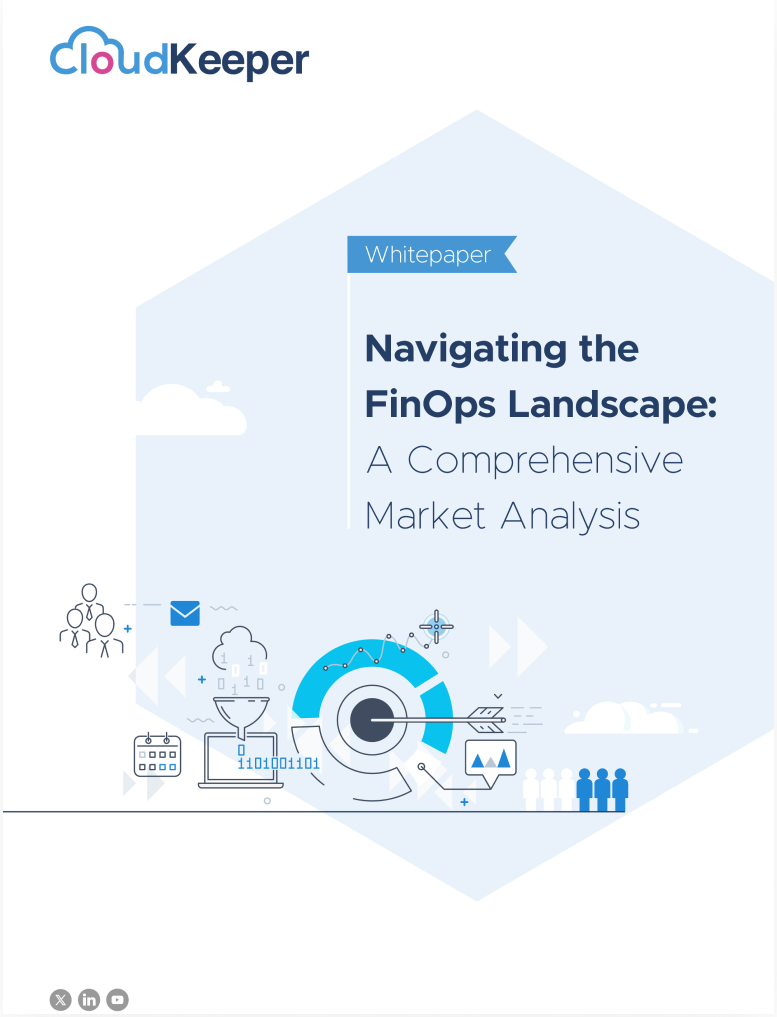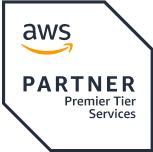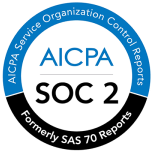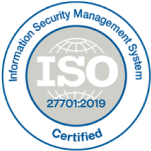The landscape in which a FinOps team must operate is a complex and varied one. FinOps is a holistic approach to delivering accountability and collaboration around an organization's cloud investment. It is also a change management journey that involves a cross-functional team. The FinOps team must navigate internal changes and politics to drive this culture change. However, a company's overall strategy should also include the external landscape and its associated complexities. A company must decide if and how to properly engage FinOps-managed service providers, cloud resellers, consultants, and software providers. These vendors offer many capabilities including FinOps business process services, cloud cost analytics, and reserve instance (RI) optimization.
Let's focus on this external landscape and where to leverage each type of vendor for the best business benefit. To understand how a vendor can benefit the FinOps team, an organization must know where they can fit in the overall FinOps process. The following graphic from the FinOps Foundation (Figure 1) illustrates the three phases of continually improving FinOps processes. Note that a tool or vendor can be a part of one or all three FinOps phases.

Figure 1: FinOps Phases
Source: FinOps Foundation under the ccby4.0 license.
IDC currently tracks 63 individual FinOps vendors, including cloud cost transparency tools and FinOps service providers. However, each month sees acquisitions occur and startups enter the market. Keeping track of all these players can be overwhelming. So, let's break down all that activity to help decision-makers choose the right tool and partner for the needs of their organization.
IDC uses three categories to segment the market: cloud analytics and reporting platforms, cloud resource and pricing optimization tools, and service providers and resellers.
- Cloud analytics and reporting platforms:
Software tools in this category are designed to quickly get teams up and running on the Inform phase of FinOps. These tools pull an organization's current spending from the leading hyperscalers and help automate the tagging of cloud resources through AI. Enabling the FinOps team with visibility into its entire spend on cloud is essential in controlling costs and improving future forecasts. Pulling all cloud spending into visual dashboards and reports is a critical first step. Many tools will identify cost anomalies and help the FinOps team show quick cost-saving wins. These full-function tools typically support allocation and charge-back models to help drive accountability with product owners and line of business owners. In addition, enterprises often select a paid third-party tool to support multiple clouds and get independent recommendations.
- Cloud resource and pricing optimization tools:
Monitoring the demand side of a cloud application and automatically adjusting its resources are part of the FinOps Optimize phase. This stage includes RI optimization, which matches the proper cloud resources with the correct pricing tier. This complex task is typically driven by real-time monitoring of the cloud environment by AI. Many companies attempt to perform this task with spreadsheets, but the myriad of options makes that ineffective. Some tools will offer underutilized RIs on the secondary hyperscaler marketplace for additional savings. In addition, new vendors have emerged to help customers optimize their growing Kubernetes environments. Some providers choose to focus on the ability to recommend where using low-cost spot instances is appropriate and when to utilize reserve instances.
- Service providers and resellers:
In the Operate phase, a specialized FinOps service provider can help a company control its cloud costs and dramatically mature its FinOps processes. These providers can offer managed services to assist in implementing and running a FinOps practice. This option can free IT and line of business managers from daily cloud operational tasks and management of costs. A cloud reseller is also part of this phase and can help a company negotiate the best multi-year pricing of reserve instances up front. Additionally, many organizations see complexity skyrocket as cloud-native applications become more common. IDC recommends that companies select an experienced service provider that can help with application and cloud architecture and design. By making intelligent decisions at the front end, cost savings and a better customer experience can be achieved.
Finally, there is what IDC calls the "all of the above" option: a combination of cloud dashboard analytics, RI and cloud resource optimization, and ongoing managed cloud services. However, only a few multiple cloud vendors and providers offer this holistic choice. By selecting this approach, companies can compound the benefits of all three FinOps phases (Inform, Optimize, Operate) and ensure their FinOps team's long-term success.
Selecting this last option will increase a company's savings and mature its FinOps processes today while helping to better architect and control future cloud investments.
Organizations looking for a comprehensive partner would do well to ask tough questions and demand coverage of all three phases.
Finding the Right FinOps Partner
The importance of Cloud FinOps in organizations is on the rise. However, with varying FinOps maturity across organizations, it is essential to find the appropriate partner who can help adopt FinOps and optimize cloud costs.
CloudKeeper is a comprehensive AWS Cost Optimization and FinOps solution that offers instant & guaranteed savings of up to 25% on your entire AWS bill at no cost or commitment. The company falls into the “all of the above” category of vendors and offers cloud cost optimization solutions and technology guidance, throughout an organization’s FinOps journey.
An AWS Premier Consulting Partner, CloudKeeper has helped 300+ businesses, over 12+ years, to achieve instant and guaranteed cost savings right from Day 1.
Book a free demo today to learn how CloudKeeper can simplify your cloud cost optimization efforts.









